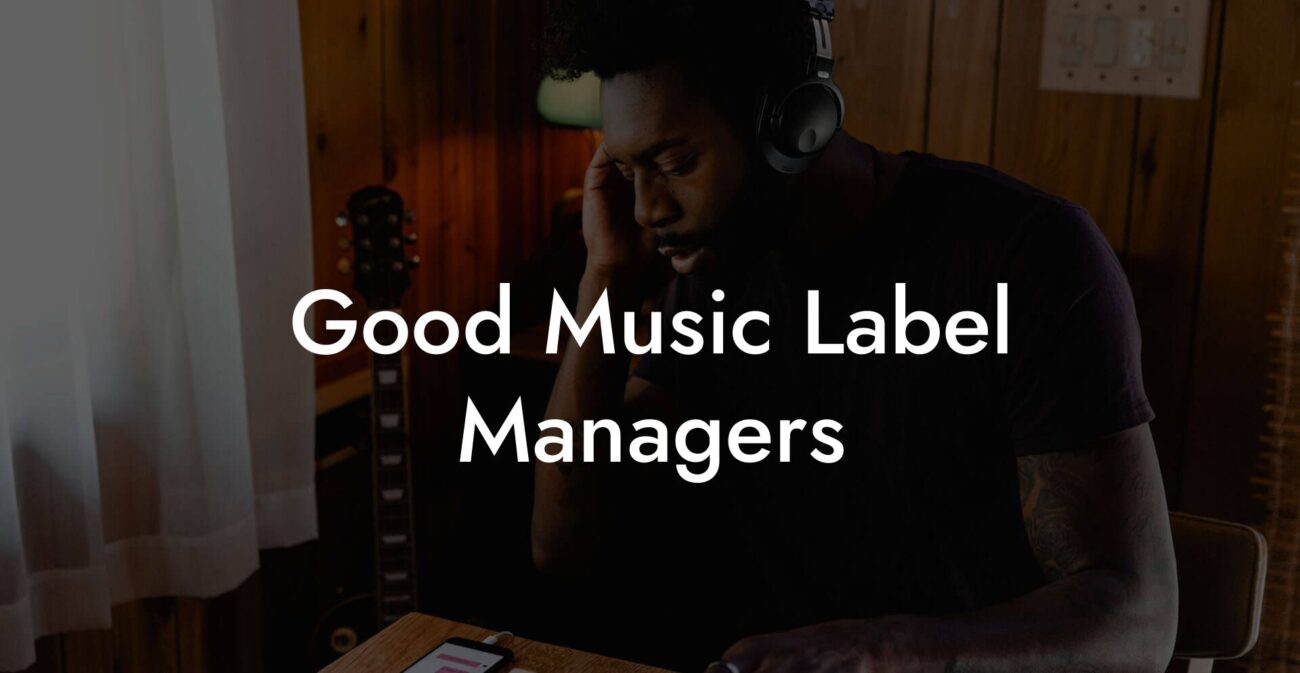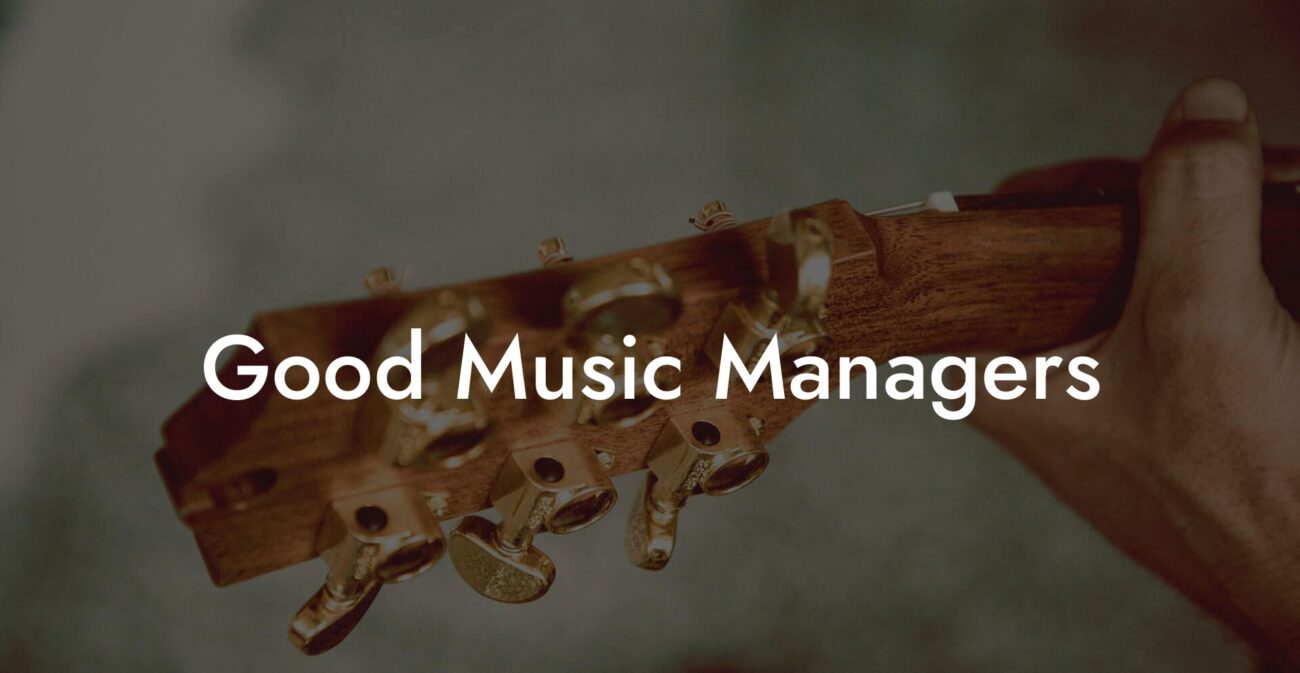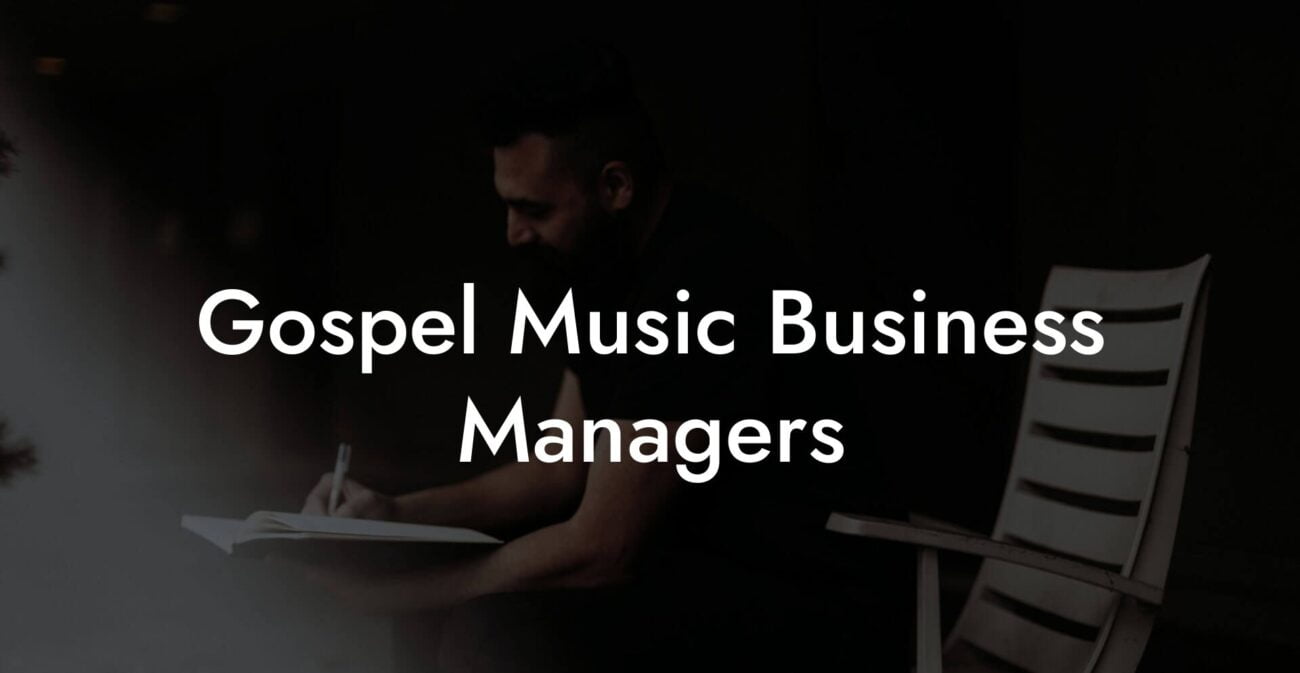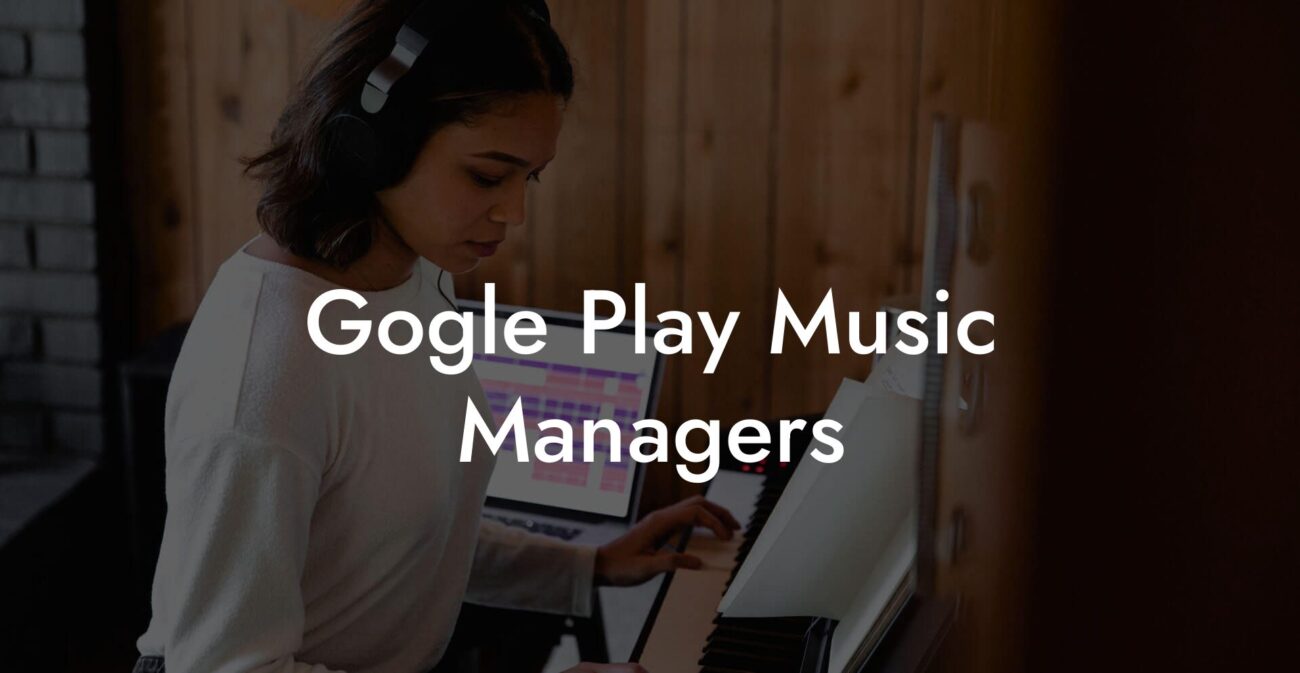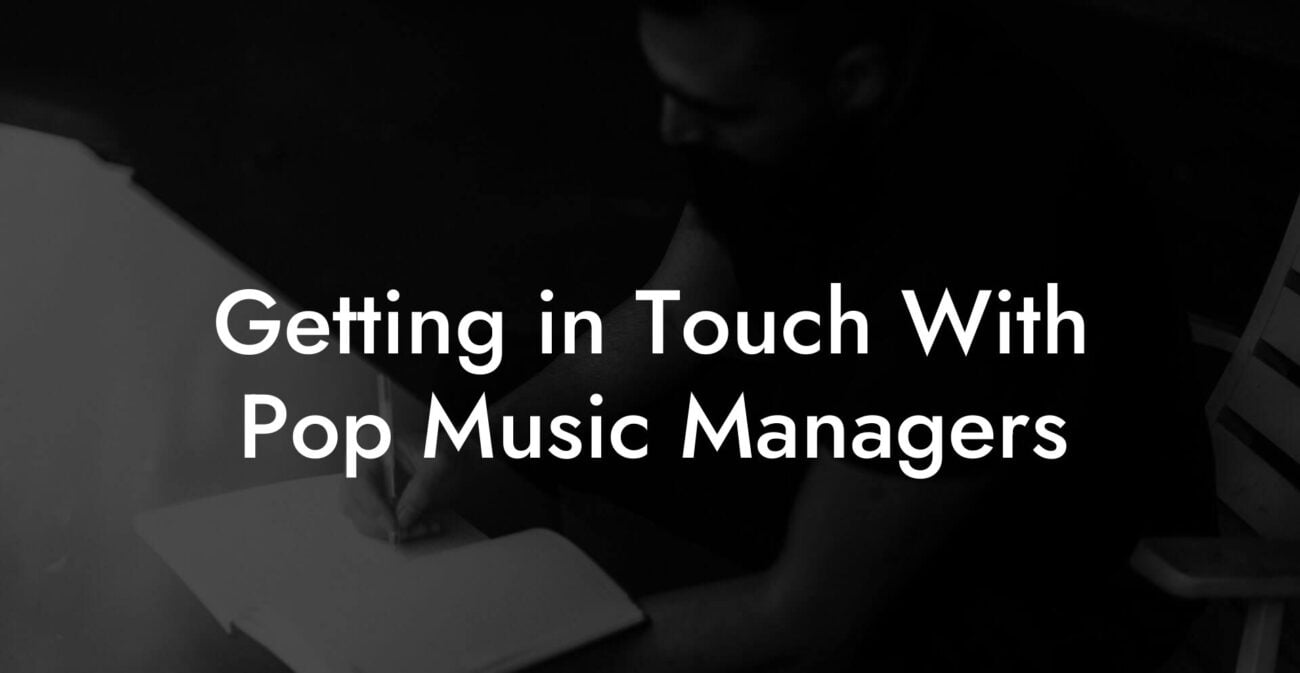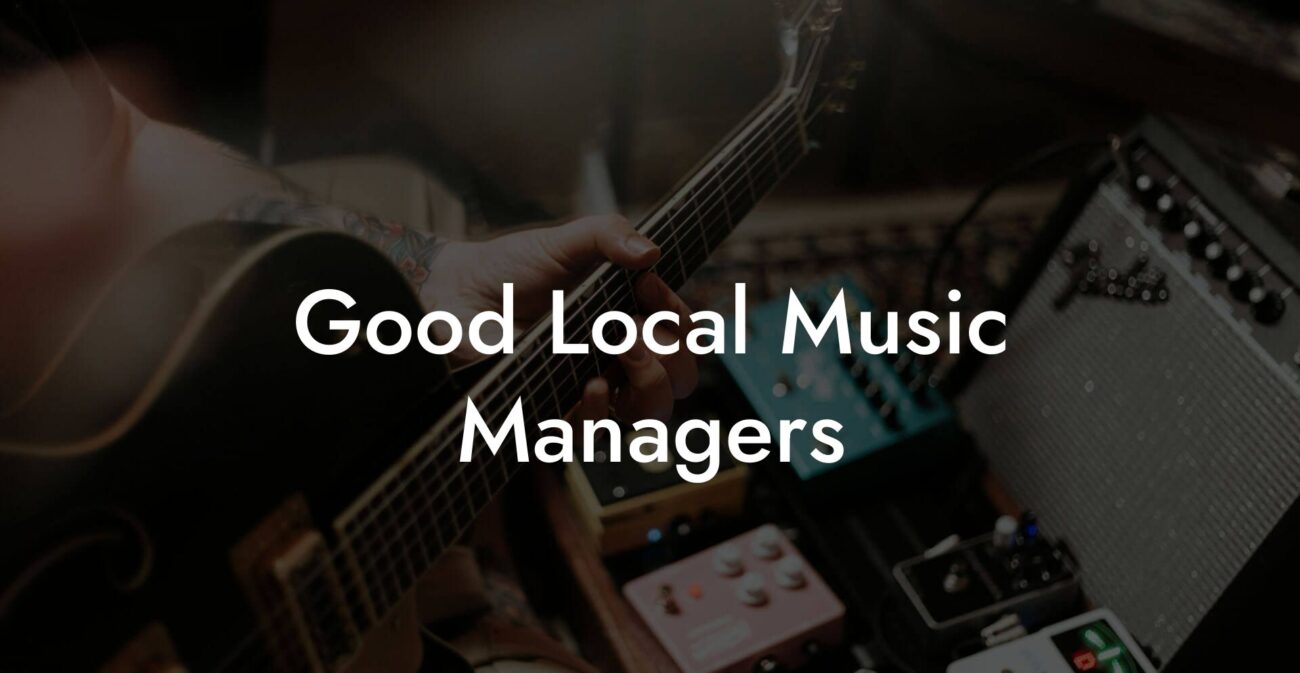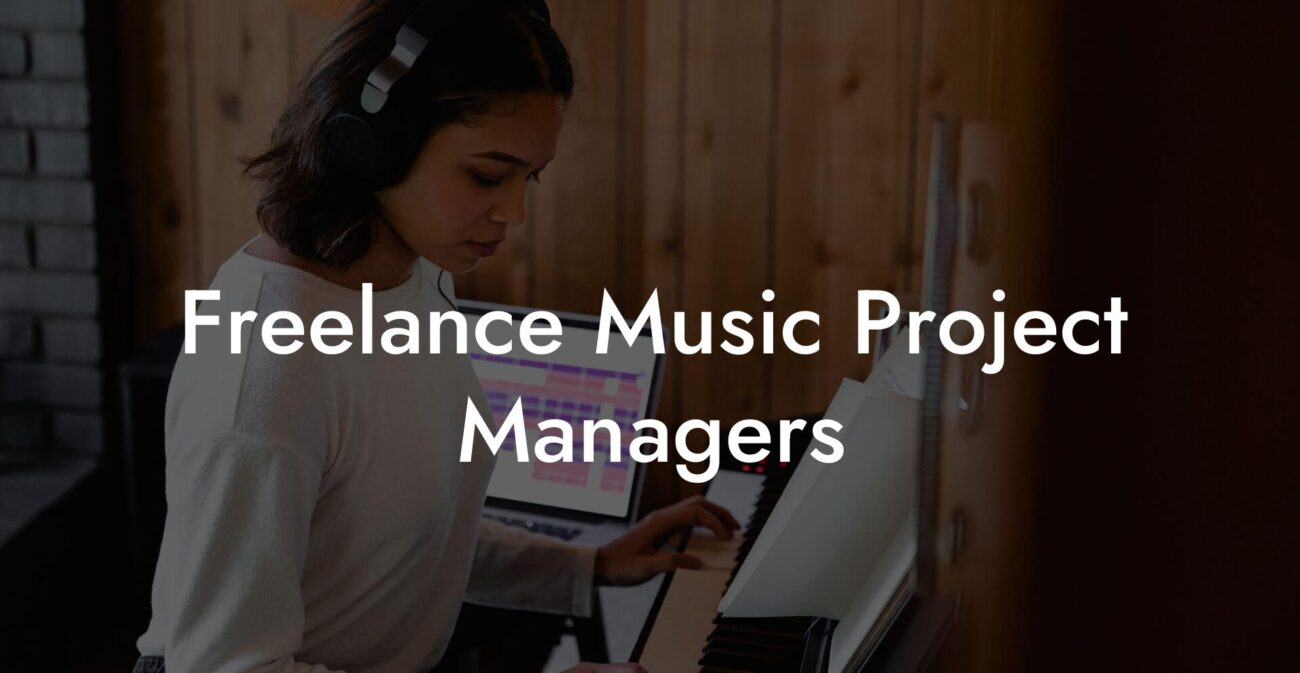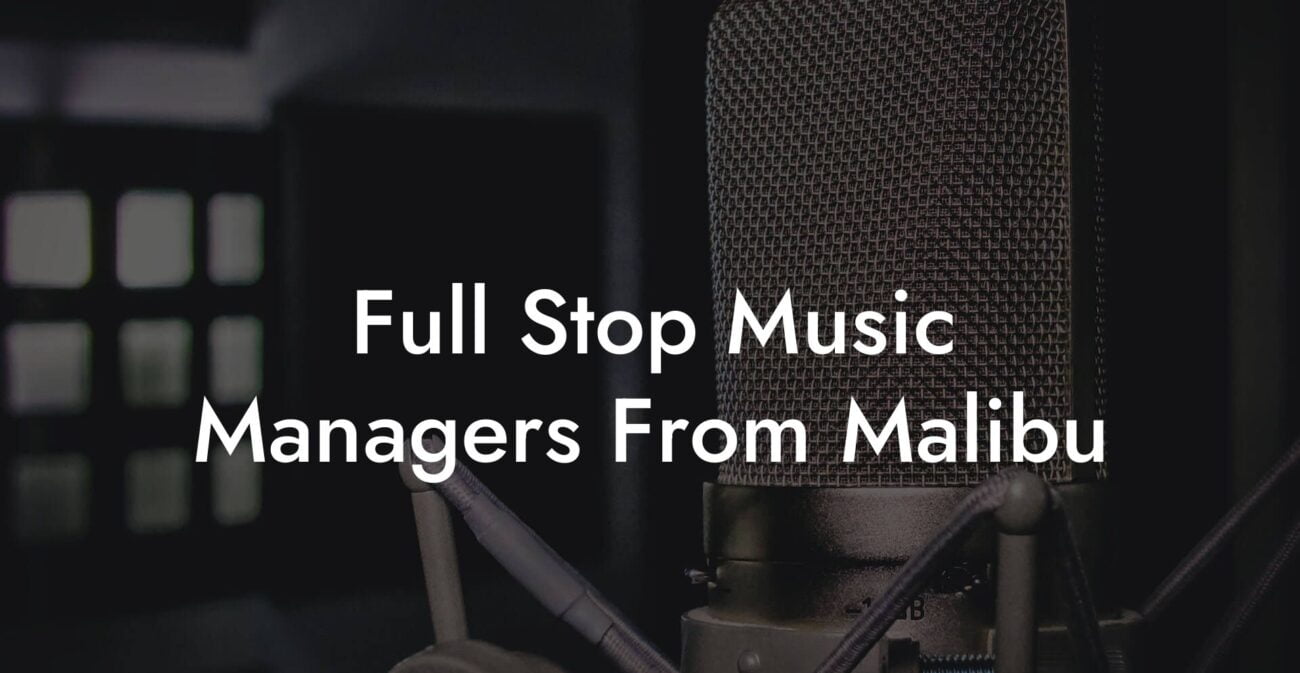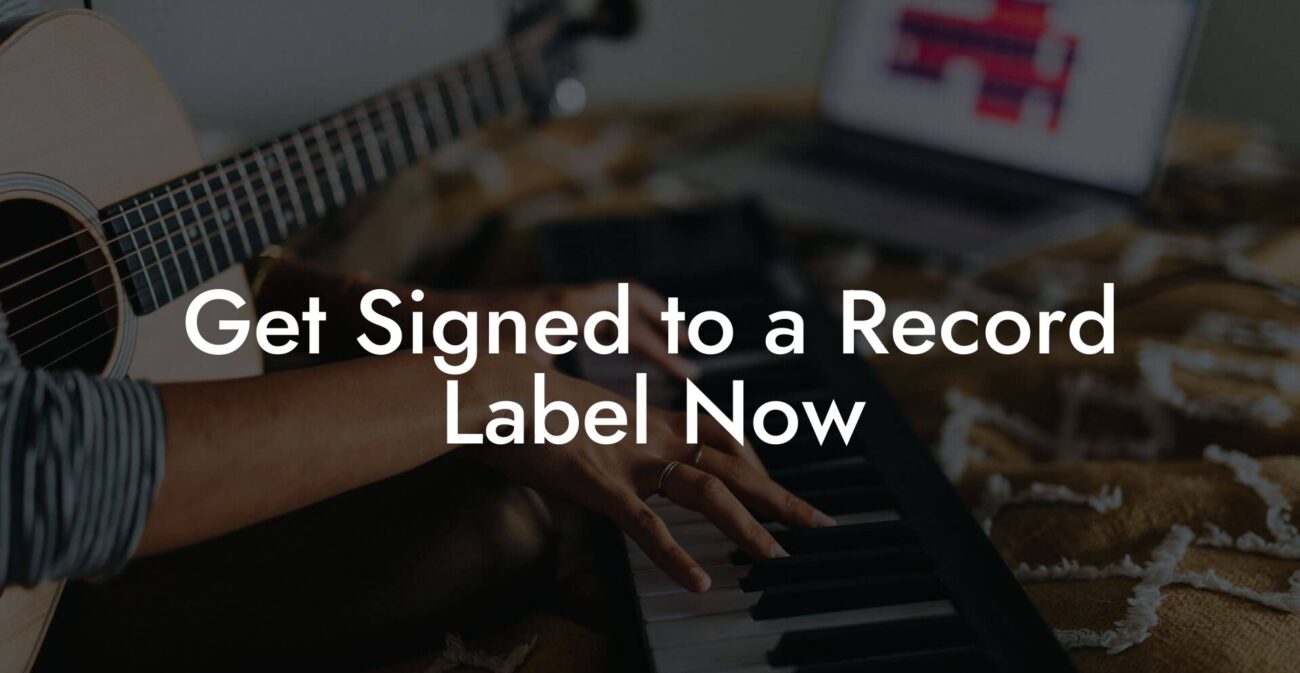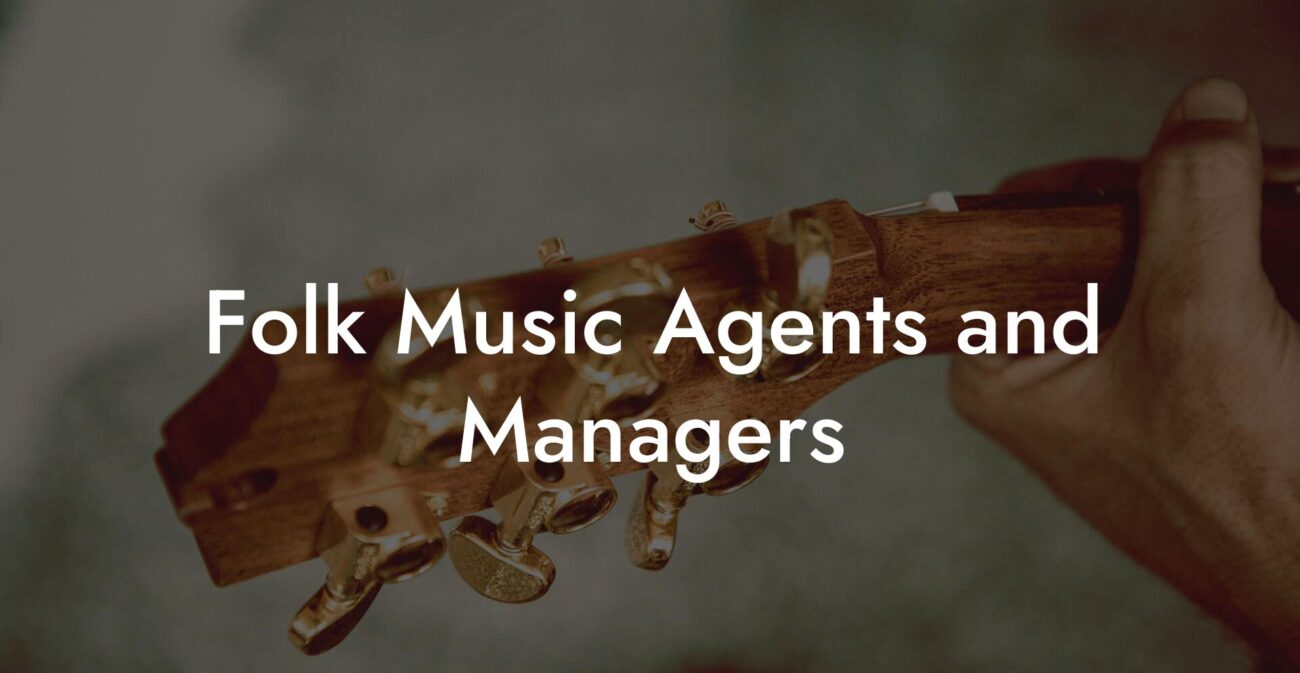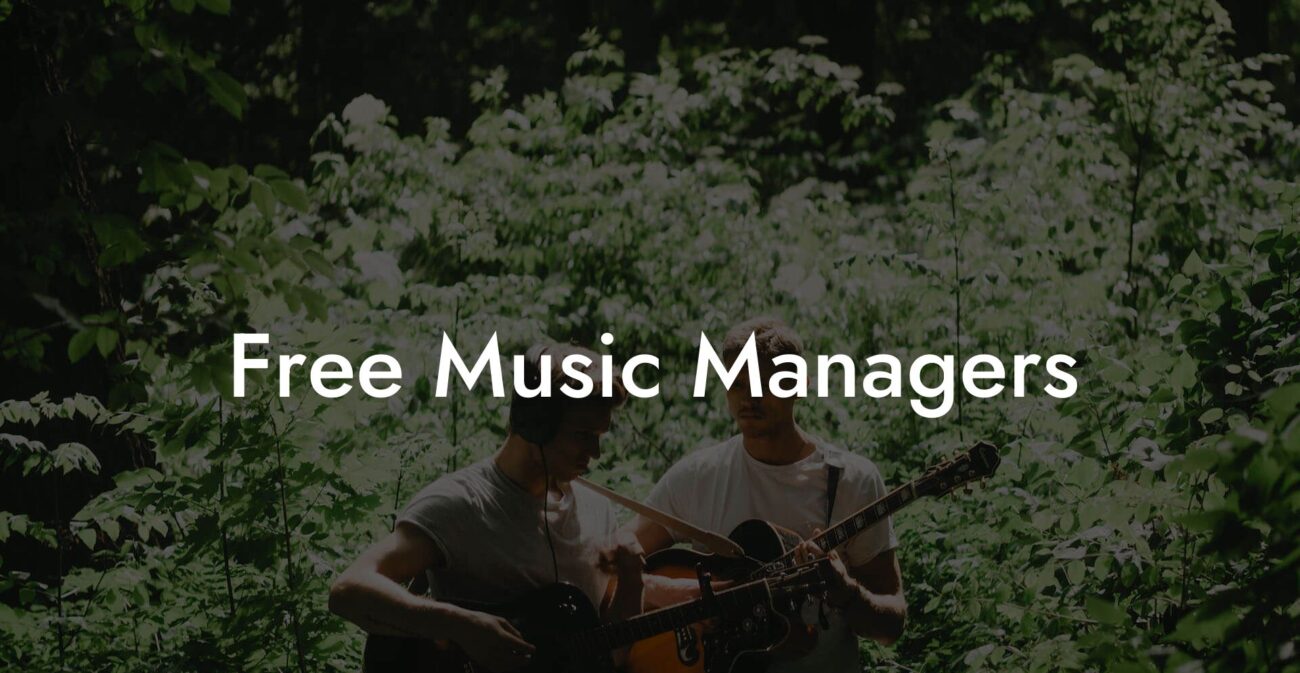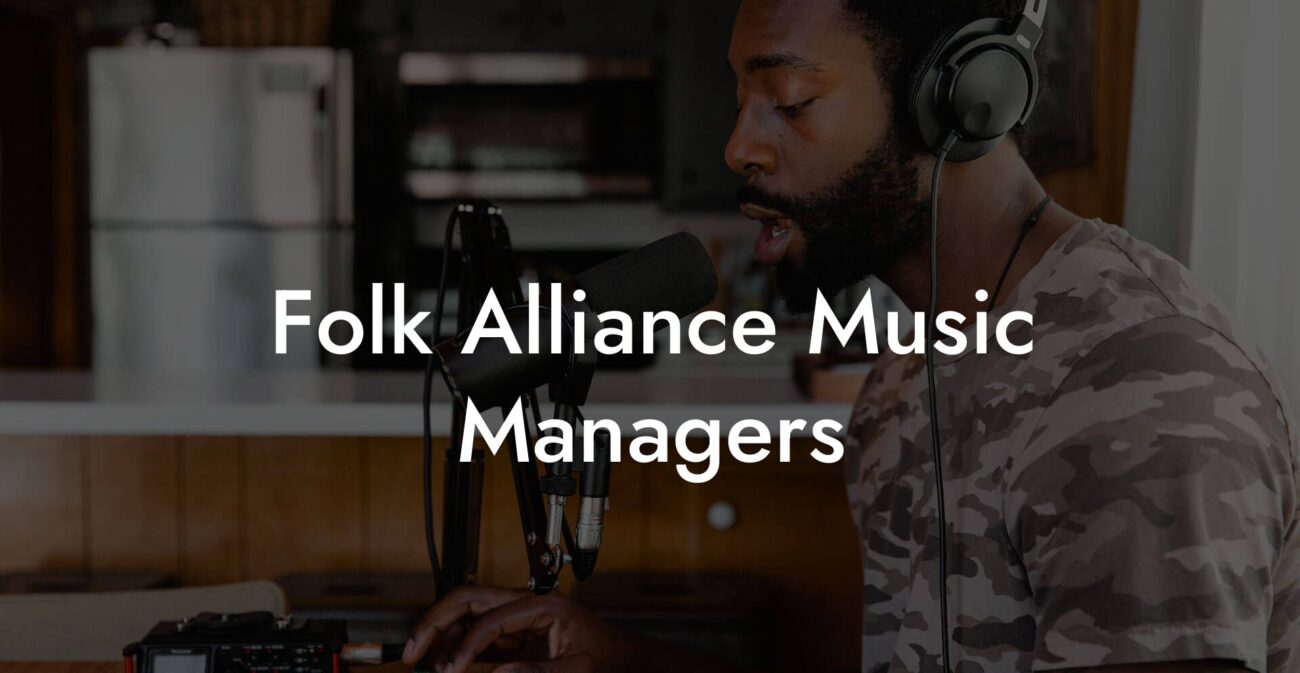Ever sat down with your guitar, a half-empty coffee cup, and a mind buzzing with half-formed melodies, only to get stumped by a blank page? Welcome to the wild, wonderfully wacky world of lyric writing—a realm where your dream of becoming the next big hitmaker is just a few cleverly structured lines away. Today, we’re diving deep into the ultimate guide on the “Lyric Structure Template,” a battle-tested roadmap that transforms chaos into catchy, structured, and irresistibly shareable lyrics. Buckle up, because we’re about to turn your lyrical nightmares into chart-topping daydreams!
Looking to write your next song? Transform your creative ideas into songs that people will love, and skyrocket your music career with Lyric Assistant. The perfect songwriting assistant. Find out more →
Quick Links to Useful Sections
- What Is a Lyric Structure Template?
- The Anatomy of a Great Lyric Structure
- Verses: The Storytellers
- Chorus: The Emotional Epicenter
- Pre-Chorus: The Bridge to Emotions
- Bridge: The Plot Twist
- Intro and Outro: Framing Your Masterpiece
- Why a Lyric Structure Template Is a Songwriter’s Best Friend
- How to Build Your Own Lyric Structure Template
- Step 1: Start with a Brain Dump
- Step 2: Define Your Song’s Story
- Step 3: Choose a Structure That Suits the Vibe
- Step 4: Map Out Each Section
- Step 5: Infuse Your Unique Style
- Step 6: Revise, Tweak, and Repeat
- Integrative Tips for Maximizing Your Lyric Structure Template
- Embrace Spontaneity Within the Structure
- Layer in Your Musical Identity
- Experiment With Hybrid Structures
- Collaborate and Get Feedback
- Integrate Digital Tools
- Case Studies: From Blank Page to Chart-Topping Hit
- The Bedroom Producer’s Breakthrough
- The Collaborative Hit-Maker
- The Veteran Artist Reinventing Their Sound
- Resources and Community Support: Your Next Steps
- Online Platforms and Forums
- Lyric Assistant Tools
- Workshops and Webinars
- Collaborative Projects
- Your Journey to Creative Mastery: Unleashing Your Inner Lyricist
- FAQs: Everything You Need to Know About Lyric Structure Templates
- Embrace Your Creative Flow with a Solid Lyric Structure Template
What Is a Lyric Structure Template?
Picture your favorite song. Whether it’s the addictive beat of a pop anthem or the raw honesty of an indie ballad, every memorable track has a secret ingredient—a well-crafted structure that keeps things flowing, engaging, and downright catchy. A lyric structure template is essentially the blueprint for organizing your lyrics into distinct sections like verses, choruses, pre-choruses, bridges, and even outros. Think of it as the skeleton that supports your lyrical heart and soul, ensuring that your story unfolds in a compelling, coherent way that resonates with your audience.
At its core, a lyric structure template helps you visualize the entire arc of your song. It guides you on where to place that killer hook, when to build tension with a bridge, and how to create a chorus that listeners will hum long after the track ends. This template isn’t about stifling creativity—it’s a roadmap that gives your musical ideas room to breathe while keeping them grounded in a format that works.
Whether you’re a seasoned songwriter or just starting your musical journey, understanding and utilizing a lyric structure template can be the missing link between a good song and a great hit. It’s like having a backstage pass to your own creative process, offering a structured way to release your inner rockstar.
The Anatomy of a Great Lyric Structure
If songs were pizzas, your lyric structure template would be the dough; it sets the foundation for all the delicious toppings (your ideas and emotions). Let’s break down the essential components that make up a well-structured lyric template:
Write Lyrics Like a Professional Songwriter
The ultimate songwriting tool that takes your creative vision to the next level! With just a few clicks, you can unleash your inner songwriter and craft a hit that's uniquely yours. Your song. You own it.
Verses: The Storytellers
Verses are where you get to tell your story. They allow you to set scenes, build characters, and dive deep into the narrative behind the song. Typically, a song will have multiple verses, each unfolding a new chapter of the tale. The key here is to keep the verses interesting yet cohesive—each one should add a layer of depth without straying too far from the central theme.
Chorus: The Emotional Epicenter
The chorus is arguably the heart of your song—it’s the part that hits you right in the feels every single time. It’s meant to be memorable and repetitive. Catchy, concise, and laden with big, broad emotions, the chorus is what your listeners will shout along to at concerts, karaoke nights, or during those long road trips.
Pre-Chorus: The Bridge to Emotions
Think of the pre-chorus as the gentle ramp-up that builds anticipation before the big emotional drop of the chorus. It’s designed to create a seamless and exciting transition, setting up that explosive moment when the chorus finally kicks in.
Bridge: The Plot Twist
The bridge is your chance to introduce a twist—something unexpected that takes the song in a new direction, both melodically and lyrically. Whether it’s a shift in perspective or a dynamic change in the music, the bridge adds variety and keeps your listeners on their toes.
Intro and Outro: Framing Your Masterpiece
The intro sets the mood and invites the listener into your world, while the outro gives a sense of closure, a final note that lingers in their mind. A thoughtfully crafted introduction and conclusion not only enhance the overall impact of your song but also ensure that your audience is left with a lasting impression.
Together, these elements create a dynamic balance between narrative and musical repetition, ensuring that your track is both engaging and memorable. When used effectively, a lyric structure template is your secret weapon to crafting songs that are as structurally sound as they are soul-stirring.
Why a Lyric Structure Template Is a Songwriter’s Best Friend
We’ve all been there: staring at a blank page, feeling overwhelmed by dreams of musical greatness and the fear of never quite living up to your potential. That’s exactly where a lyric structure template steps in, transforming your creative process from chaotic scribbles into a streamlined, effective songwriting journey.
Here’s why adopting a lyric structure template can be a total game-changer:
- Boosts Creativity: By providing a framework, it frees your mind from worrying about format, allowing you to focus on creative expression.
- Enhances Coherence: A clear structure helps maintain the narrative flow, ensuring that each section of your song connects seamlessly.
- Increases Productivity: With a template in hand, you avoid the “what comes next?” dilemma, turning creative blocks into mere stepping stones.
- Boosts Confidence: Knowing you have a solid plan makes you more confident in your work, pushing you to experiment and innovate.
- Facilitates Collaboration: For bands or songwriting duos, a common structure makes it easier to share ideas and build on each other’s strengths.
In the age of endless content and viral videos, precision in structure can be the difference between a forgettable track and one that resonates on repeat. Whether you’re composing a deep ballad or a high-energy anthem, a lyric structure template lays the groundwork for lyrical magic.
How to Build Your Own Lyric Structure Template
Building a lyric structure template might sound as daunting as writing a symphony, but trust us—it’s far simpler (and way more fun) than it seems. Follow these steps to craft a personalized framework that aligns with your unique style and creative goals:
Step 1: Start with a Brain Dump
Before diving into structure, grab a notebook (or your favorite digital note-taking app) and jot down all the ideas, emotions, and themes swirling around in your head. Don’t worry about coherence at this stage; let the creativity flow like a freestyle rap session.
Step 2: Define Your Song’s Story
What are you trying to say? Whether it’s a confessional ballad about lost love or an upbeat track celebrating life’s little victories, nail down the core message of your song. This will be your north star as you build your structure.
Step 3: Choose a Structure That Suits the Vibe
There are several tried-and-true structures to experiment with. Here are a few examples:
- Verse-Chorus-Verse-Chorus-Bridge-Chorus: A classic setup that offers balanced repetition and variation.
- Intro-Verse-Pre-Chorus-Chorus-Verse-Pre-Chorus-Chorus-Outro: Perfect for a gradual build-up and a strong emotional payoff.
- Verse-Verse-Bridge-Verse: Ideal for narrative-driven songs where you need extra space to elaborate.
Your choice depends on the story you want to tell and your intended emotional journey. Experiment with different templates until you find the one that feels like it was tailor-made for your music.
Step 4: Map Out Each Section
Now, break down your chosen structure. Here’s a sample layout:
- Intro: Set the tone—create an atmosphere or drop a musical hint of what’s to come.
- Verse 1: Introduce the theme and establish the narrative.
- Pre-Chorus: Build suspense, subtly hinting at the emotional crescendo.
- Chorus: Deliver the emotional punch or the hook that listeners will remember.
- Verse 2: Expand the story, introduce new details, or shift perspectives.
- Bridge: Incorporate a twist, a reflective moment, or an entirely new angle.
- Chorus/Outro: Wrap it all up with a final, memorable chorus or a thoughtful outro.
Sketching out your sections doesn’t have to be rigid—think of it as a canvas where each part has a designated role, yet there’s plenty of room to improvise and innovate.
Step 5: Infuse Your Unique Style
Your lyric template should reflect who you are. Do you lean towards storytelling with rich imagery, or is your style more abstract, focusing on mood and emotion? Customize your template accordingly by playing with line lengths, rhyme schemes, and repetition patterns. Mix things up—maybe add an extra pre-chorus if that works for you, or mold the bridge into a two-part split that introduces a counter-melody.
Step 6: Revise, Tweak, and Repeat
The beauty of a lyric structure template is that it’s a living document. As you grow as a musician, your template will evolve to match your changing tastes and strengths. Don’t be afraid to revisit and revise your roadmap. Experimentation is your best friend on this creative journey!
With these steps, you’ll build a lyric structure template that not only keeps your ideas organized but also elevates your songwriting game to legendary status.
Integrative Tips for Maximizing Your Lyric Structure Template
Great templates don’t exist in a vacuum – they evolve with practice, experimentation, and a little bit of creative magic. Here are some integrative tips and tricks to help you get the most out of your lyric structure template:
Embrace Spontaneity Within the Structure
While structure is crucial, don’t let it box in your creative spirit. Allow yourself moments of spontaneity. Use your template as a guide, not a straitjacket. Jot down impromptu thoughts or clever turns of phrase in the margins—they might just be the spark that transforms your bridge into a masterpiece.
Layer in Your Musical Identity
Whether you’re all about moody verses or explosive choruses, infuse your template with your personal musical identity. Experiment with varying tempos, dynamic shifts, or unconventional rhyme schemes. This not only keeps your lyrics fresh but also asserts your unique style in a sea of sameness.
Experiment With Hybrid Structures
Don’t be afraid to merge different templates. Maybe start with the classic verse-chorus-bridge format, then throw in an unexpected instrumental break, or even a second pre-chorus – a move that can subvert expectations and add intriguing complexity to your song.
Collaborate and Get Feedback
Songwriting can be a wonderfully collaborative art form. Share your template with bandmates, fellow songwriters, or even online communities. Fresh perspectives can help fine-tune your structure and introduce creative ideas you may not have considered.
Integrate Digital Tools
In today’s tech-savvy world, apps like Lyric Assistant are perfect for keeping your ideas organized and inspiring you on the go. Use technology to record spontaneous bursts of inspiration, experiment with different structures, and keep track of your lyrical journey with ease.
These tips not only help you maximize the potential of your lyric structure template but also ensure that every song you write is a unique expression of your artistry—a seamless blend of creativity and structure, tailor-made for the modern musician.
Case Studies: From Blank Page to Chart-Topping Hit
Nothing illustrates the power of a solid lyric structure template quite like real-life success stories. Let’s take a look at a few case studies that showcase how embracing a robust structure has turned songwriting dreams into reality:
The Bedroom Producer’s Breakthrough
Alex, a self-taught musician spending nights in his cramped apartment, used a customized lyric structure template to overcome his chronic writer’s block. By dedicating time each day to refine his verses and experiment with different chorus hooks, he soon discovered a flow that resonated with his eclectic taste in music. The result? A viral indie track that not only gained widespread attention online but also became a fan favorite at local gigs.
The Collaborative Hit-Maker
Consider the case of Zoe and Jordan, two aspiring songwriters with wildly different styles—Zoe’s poetic lyricism met Jordan’s knack for catchy hooks. When they combined forces using a shared lyric structure template, they found a harmonious balance that played to both of their strengths. Their ability to seamlessly switch between verse and chorus sections culminated in a hit that landed them a coveted slot on a major music festival lineup.
The Veteran Artist Reinventing Their Sound
Even seasoned musicians sometimes hit a creative rut. Marcus, a veteran in the underground hip-hop scene, turned to a lyric structure template to rekindle his creativity. Rebelling against repetitive patterns of the past, he mixed traditional verses with a bold, experimental bridge that challenged his audience’s expectations. This innovative approach not only redefined his sound but also opened the door to collaborations with fresh, new talent, reinvigorating his musical career.
These real-life transformations highlight the magic that a well-executed lyric structure template can bring, proving that no matter where you are on your creative journey, structure and spontaneity can coexist—and thrive.
Resources and Community Support: Your Next Steps
Building your lyrical empire is easier when you’re not doing it alone. The digital age offers a smorgasbord of tools and communities devoted to the art of songwriting and music production. Here are some invaluable resources and communities that can support your journey:
Online Platforms and Forums
Join popular forums such as Reddit’s r/Songwriting or songwriting groups on Facebook where creatives regularly exchange feedback, share experiences, and offer tips about lyric structure templates. Engaging in these communities not only sharpens your skills but also connects you with like-minded individuals who are as passionate about music as you are.
Lyric Assistant Tools
Take advantage of innovative tools like Lyric Assistant—designed specifically to help musicians effortlessly craft lyrics for their next song. Whether you’re jotting down a mid-night line of genius or refining a complete song draft, these tools can inspire you, streamline your thought process, and integrate smoothly with your established structure.
Workshops and Webinars
Look out for songwriting workshops and webinars hosted by industry professionals. From online masterclasses to interactive Q&A sessions, these events offer insights into advanced lyric structure techniques, creative writing exercises, and practical strategies to overcome writer’s block.
Collaborative Projects
Consider participating in collaborative songwriting projects or contests. Competitions often have themed challenges that encourage you to step outside your comfort zone, experiment with new lyric structures, and gain feedback from a broader audience.
Whether you’re a newbie to the songwriting world or a dedicated musician seeking to refine your craft, these resources provide the support and inspiration you need to transform your ideas into hit lyrics. Your creative journey doesn’t have to be a solitary path—immerse yourself in communities that celebrate the fusion of structure and spontaneity, and watch your artistry flourish.
Your Journey to Creative Mastery: Unleashing Your Inner Lyricist
In the end, the “Lyric Structure Template” isn’t just a tool—it’s a philosophy. It’s about striking the perfect balance between the spontaneity of creative expression and the disciplined craft of songwriting. Every artist’s journey is unique, but the underlying principles remain the same: articulate your ideas clearly, build emotional arcs that resonate, and above all, trust the process.
As you navigate the ups and downs of your creative path, remember that every musician faces a blank page at one point or another. The secret is not to fear that emptiness, but to fill it with words, memories, and emotions that only you can bring to life. Using a lyric structure template can turn uncertainty into a methodical approach—one that flexes with your moods and transforms your raw ideas into lyrical gold.
So, whether you’re penning your first verse, mapping out the perfect bridge, or mindfully crafting that unforgettable chorus, know that this structure is your creative ally. Embrace it, tweak it, and let it guide you on a dynamic voyage toward songwriting brilliance. Every note, every line, and every chorus is a stepping stone on your journey to creative mastery.
Your inner lyricist is waiting—ready to spill poetic secrets, goofy rants, and heartfelt truths. Now, go ahead and let your words dance to the beat of your own drum, making music that truly speaks your language. The stage is set, the template is in place, and the spotlight is yours. Keep writing, keep experimenting, and most importantly, keep being unapologetically you.
FAQs: Everything You Need to Know About Lyric Structure Templates
Got questions buzzing in your creative mind? We’ve gathered some of the most frequently asked questions about lyric structure templates to help you navigate your songwriting journey.
1. What exactly is a lyric structure template?
A lyric structure template is a framework that outlines the composition of your song. It divides your lyrics into sections—such as verses, choruses, pre-choruses, bridges, intros, and outros—to help create a coherent narrative and engaging musical flow.
2. How can a lyric structure template improve my songwriting?
By providing a clear roadmap, a template streamlines the creative process—reducing writer’s block and ensuring that there’s a natural progression in your song. It allows you to focus on the emotional depth and creative flair of your lyrics without getting bogged down by structure.
3. Do I have to follow the template strictly?
Not at all! Think of the template as a guiding framework rather than an unbreakable rulebook. Feel free to experiment with its elements until you discover what works best for your unique style.
4. Can I use different structures for different songs?
Absolutely. Different songs have different moods and messages, so it’s perfectly fine to tweak your template or adopt completely new structures to suit each project.
5. How do I decide on the best structure for my song?
Start with your song’s story. Ask yourself what emotional journey you want to create. Experiment with a few different structures and see which one complements your narrative best. Feedback from fellow musicians or creative communities can also be incredibly valuable.
6. Are there any digital tools to help me organize my lyric ideas?
Yes, several digital tools like Lyric Assistant are designed to help musicians structure and refine their lyrics effortlessly. These tools allow you to brainstorm, store ideas, and experiment with lyric patterns on the fly.
7. Can I use a lyric structure template for rap or spoken word?
Definitely. Whether you’re into rap, pop, rock, or spoken word, a structure template is versatile enough to organize any form of lyrical content while maintaining its unique voice.
8. How can I overcome writer’s block using a structure template?
A template provides a pre-defined framework so that you aren’t faced with a completely blank slate. By breaking down your creative process into manageable sections, you can tackle your song piece by piece, making the task less overwhelming.
9. Should I stick to a traditional structure or try unconventional formats?
Both approaches have their merits. Traditional structures work well for creating familiarity and catchiness, while unconventional formats can make your song stand out. Experiment until you find a comfortable rhythm.
10. Where can I find more inspiration or support for my songwriting?
Engage with online songwriting communities, participate in workshops, and use digital tools like Lyric Assistant. There’s a whole world of creative support out there to help you hone your craft.
Embrace Your Creative Flow with a Solid Lyric Structure Template
Let’s wrap up our deep-dive into the world of lyric structure templates by reiterating one simple truth: structure and creativity go together like beats and bars. A carefully crafted template doesn’t restrict your creative flow—it channels it, providing a framework within which your artistic genius can take center stage.
Every songwriter starts with that blink-of-an-idea moment when the pen hovers just above the paper, waiting to unlock an emotional saga or a playful narrative. With a lyric structure template in hand, that moment transforms into a full-blown creative session where every verse, chorus, pre-chorus, and bridge has its place, its purpose, and its own little symphony of potential.
So go ahead—experiment boldly, embrace the quirks of your creative process, and let your lyrics flow freely. Your structured roadmap is not a limitation; it’s the launching pad for your next big hit. And remember, every iconic song began with a single line, framed perfectly within the rhythms of a reliable structure. Your time to shine awaits!
Now, armed with practical tips, inspiring success stories, and a robust framework, you’re ready to turn your lyrical ideas into the next anthems of our generation. Grab that template, fire up your creative engine, and let your musical journey take flight. The world is listening—make every word count.
Write Lyrics Like a Professional Songwriter
The ultimate songwriting tool that takes your creative vision to the next level! With just a few clicks, you can unleash your inner songwriter and craft a hit that's uniquely yours. Your song. You own it.


